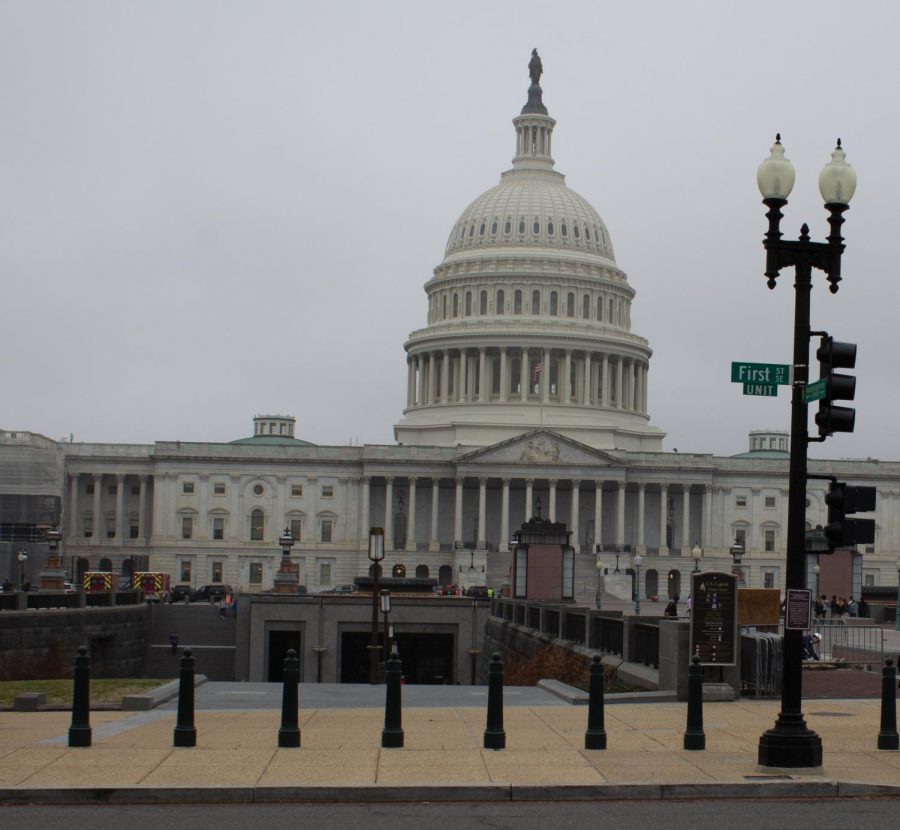Major changes to the No Child Left Behind Act (NCLB) occurred on Dec. 3, 2015. The House of Representatives overwhelming voted for the new Every Student Succeeds Act to pass, which would start the process to get rid of the No Child Left Behind Act. The Senate voted in favor 85-12 of the new act on December 9, and President Barack Obama is expected to sign the bill into law sometime next week. The Every Student Succeeds Act will result in states and individual public school districts setting their own goals for schools with little federal interference.
Part of the reason for the change is the role of federal government with state affairs. The NCLB act allows for the federal government to make benchmarks for all 50 states to follow. The implementation of one-size-fits-all standards were often unattainable for schools, and the federal government would step in. However, the federal government no longer has the responsibility to identify and supply support for struggling schools and has less federal involvement in K-12 education.
The NCLB act was signed into law in 2002 by President George W. Bush. It provides often unreachable requirements for schools and district in all 50 states. This includes meeting the state adequate yearly progress goals for the total student population. If a school fails to meet the adequate yearly progress for two or more years, it is classified “in need of improvement” and there are consequences that the federal government implements like school transfer options for students and corrective action. To determine if a school is meeting its adequate yearly progress goals, all students are required to take reading/language arts test and a mathematics test yearly. While this is good for checking on how the schools are doing and making sure the necessary material is being covered, too much of an emphasis is placed on too many standardized tests. An issue with this is also the fact that the requirements are the same for everyone and don’t take into account special circumstances.
The new Every Student Succeeds Act still requires for students to take standardized test for reading and math yearly and schools will still have to report the results. A change that would occur with the Every Student Succeeds Act would be that it is up to the state to figure out the necessary changes if the school is not meeting the necessary requirements, instead of the federal government stepping in. This state centered emphasis will allow for more realistic goals for school districts and less nationally standardized learning goals.
Oakton teachers are not as affected as teachers for younger students, because less standardized testing is required for students in high school. However, Oakton teachers still have opinions about the changes being made to the federal government’s role in education. Mr. Waxman, a history and social studies teacher believes that the idea behind NCLB was good because it was necessary to make sure that students were learning and to hold teachers accountable, but the implementation was a challenge and resulted in a lot of unnecessary testing for students. When asked about the Every Students Succeeds Act, Waxman said, “I’m cautiously optimistic, and I think this is a step in the right direction. But you have to remember, the devil is always in the details.” Another teacher from Oakton, Mr. Tiller, provides input on the No Child Left Behind Act. “The No Child Left Behind Act had good intentions, but there was too much of a focus on standardized testing, which is not the best way to help students learn.”












